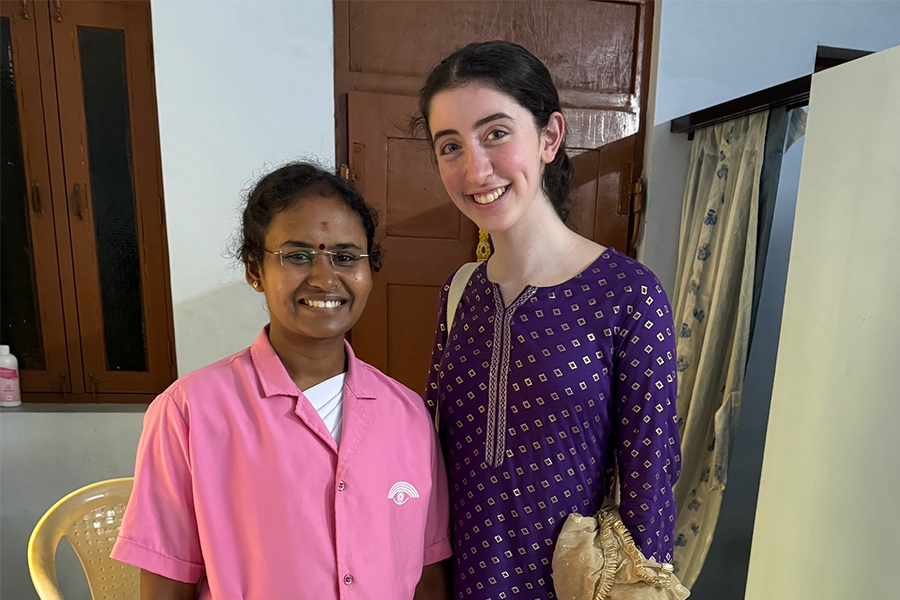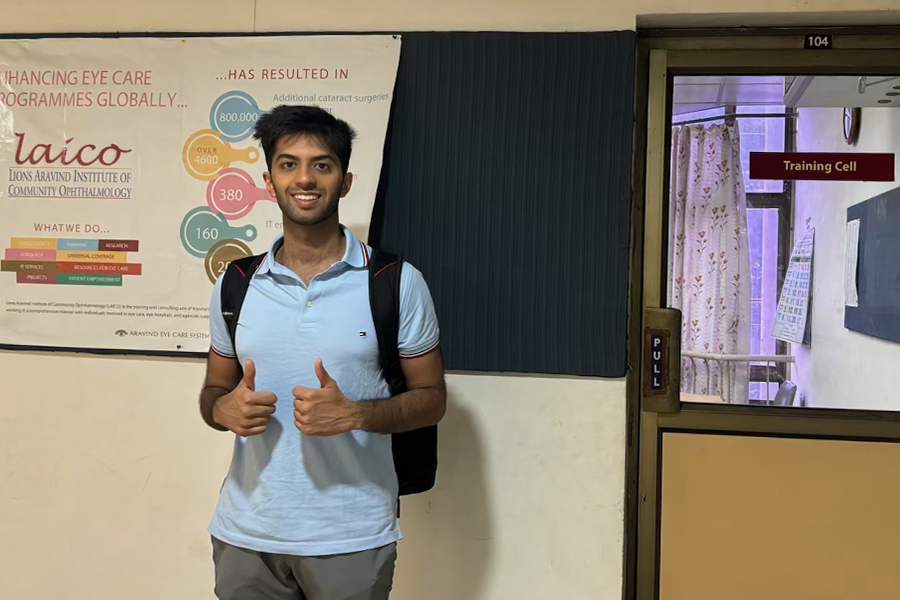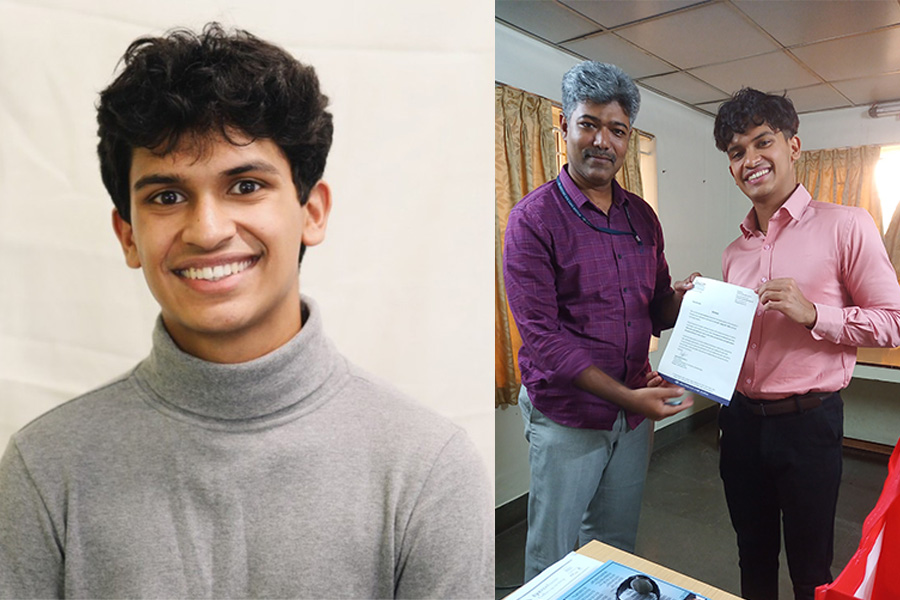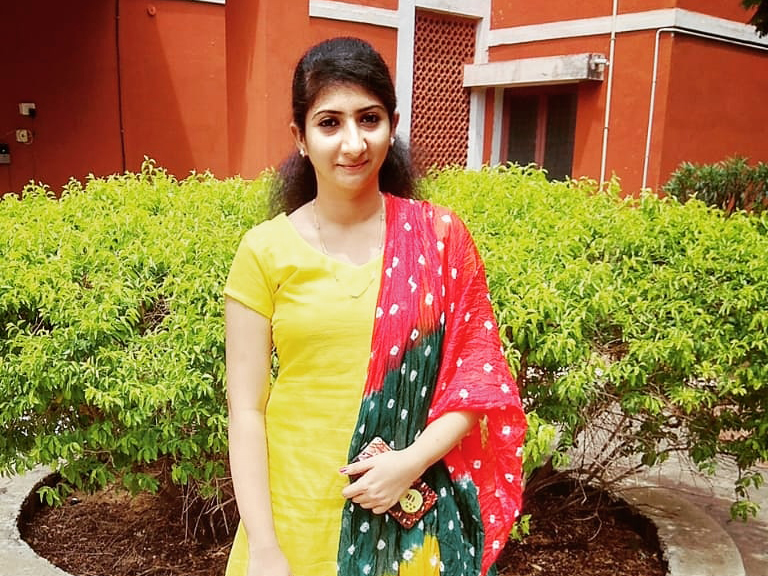Sage Leland
Lessons of Humility and Learning: An Eye-Opening Encounter at Aravind
Work at Aravind never truly slows down. While patient numbers may fluctuate hour by hour, day by day, there’s hardly a moment of rest. It was within this bustling atmosphere that I sought a meeting with Dr. Balaji, hoping to gain his valuable insights and advice for my project. However, as is often the case, I found myself waiting as Dr. Balaji attended to a patient—an elderly lady, perhaps around 60 years old.
Dr. Balaji’s words, a blend of Tamil and fragments of English, reached my ears, leaving me grappling to understand their meaning. From what I gathered, she had a cataract in her left eye, but this wasn’t an average cataract case. In that moment, an unexpected opportunity presented itself—an opportunity to observe the intricate dynamics between a doctor and their patient. As I quietly observed the interaction unfolding before me, picking up words like “neurology,” “little improvement,” and “emergency,” I felt a surge of curiosity.
I observed as Dr. Balaji conducted a series of tests. He shone a light on the left side of the patient’s head, but there was no response. Patiently, he repeated the instructions, saying the same string of words with increasing volume to elicit a reaction, but nothing. Finally, he redirected the light to the right side, and I watched the patient’s right eye instinctively follow.
Continuing his assessment, Dr. Balaji held up the number one on both sides, giving instructions in Tamil. The patient reached out and grasped his left finger, indicating that her right visual field was intact. Even with one eye closed, the same result persisted.
My mind raced to draw connections. Clearly, the left visual field was damaged. I had seen Dr. Balaji hold up both of his hands, but the patient had acted like the left side didn’t exist. Could the patient’s right optic nerve be damaged? I thought back to what I had learned in the fall, when I took Intro to Brain and Behavior, one of my favorite classes, but the details had become fuzzy. I remembered learning that our left visual field is processed in the right side of our brain, but couldn’t remember the details about what the part of the brain was called after the signals from each eye cross over at the optic chiasm.
When the patient was directed to the neurology department, I seized the opportunity to question Dr. Balaji about the case. Admitting that my understanding was based on picking out the words of English interspersed between Tamil, I asked if he could shed some light on the situation.
To my surprise, instead of dismissing my inquiry, Dr. Balaji encouraged me to share my thoughts first. With a slight tinge of embarrassment, I proceeded to explain the assumptions I had made about the patient’s condition. It was at that moment that I questioned whether I had appeared ignorant, interrupting his valuable time with my misguided notions.
Dr. Balaji responded with a chuckle, revealing that my understanding was only about 10% correct. Yes, the patient’s left visual field was indeed damaged, but it was the optic tract, not the optic nerve, that caused the impairment. He patiently clarified that the patient had previously suffered a stroke, which resulted in this specific damage. The purpose of today’s visit was to address her cataract, while Dr. Balaji had been explaining to her that the surgery would improve her remaining vision, but the damage to her left visual field would remain permanent.
As my face turned crimson with embarrassment, I was reminded of the invaluable lessons of humility and the pursuit of knowledge. I had unknowingly made assumptions, jumping to conclusions without understanding the full context. However, this experience served as a powerful reminder that mistakes and misjudgments are stepping stones toward growth and learning.
Even with the best intentions, assumptions can sometimes mislead us. But, if I can approach every opportunity with an open mind and a genuine eagerness to learn from those around me, I just might turn these remaining 5 weeks at Aravind into a lifelong journey of learning with humility.










